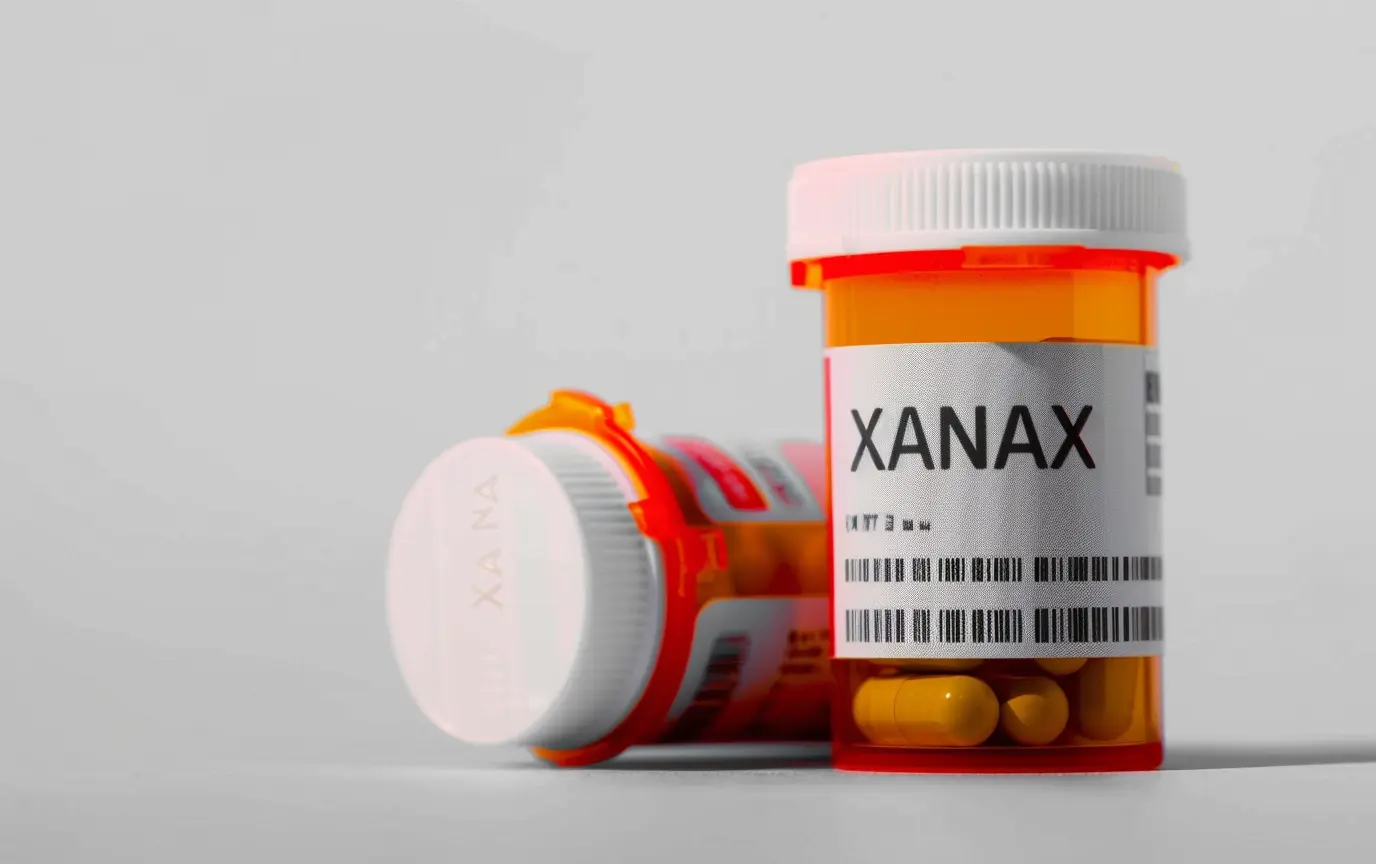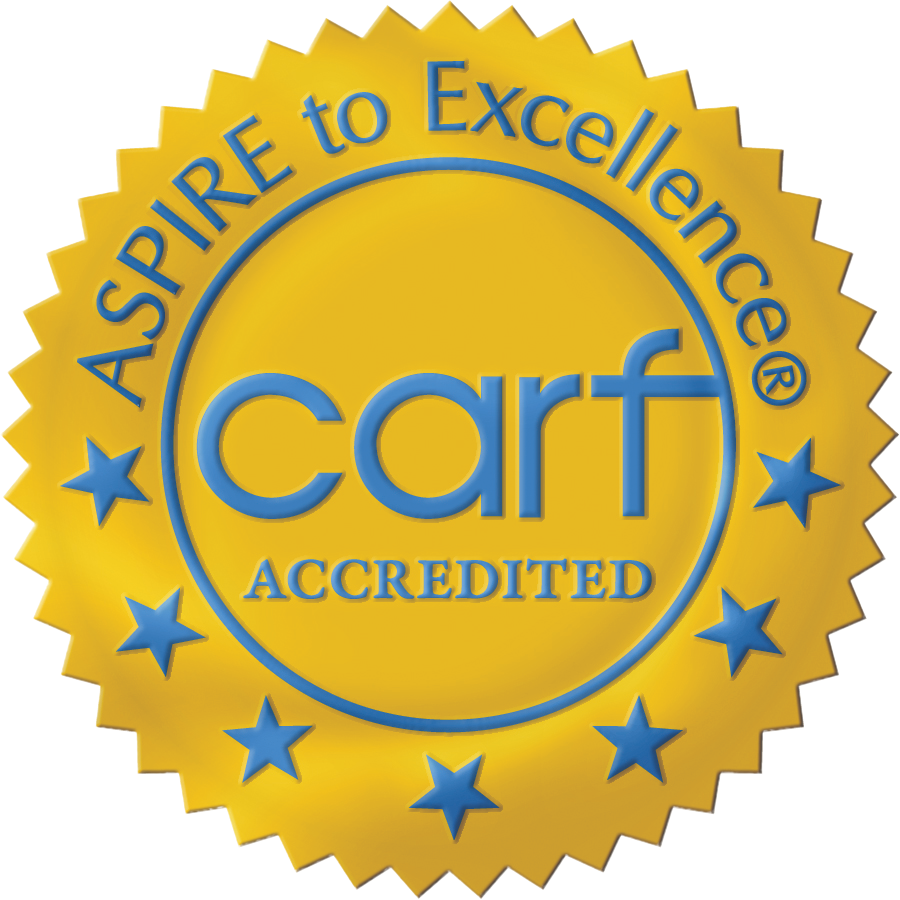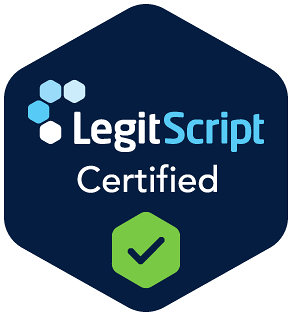Rehab for Xanax Addiction at Crestone Wellness
Xanax, a commonly prescribed medication for anxiety, can quickly turn from a source of relief to a source of addiction.[1] Its sedative effects can offer temporary relief, but the risks of dependency and withdrawal may require professional assistance if abused.
Crestone Wellness, one of Texas’s leading addiction treatment centers, is proud to offer comprehensive and compassionate care for substance abuse and dual diagnosis issues, paving the way to start your recovery process.
- Xanax, or alprazolam, is a benzodiazepine medication prescribed for anxiety and panic disorders, working by calming the nervous system.
- Xanax’s addictive potential arises from its ability to quickly alleviate anxiety symptoms, leading to misuse and dependence among users.
- Signs of Xanax abuse include physical symptoms like drowsiness and psychological symptoms like euphoria, along with behavioral changes such as social withdrawal and risky behaviors.
- Xanax withdrawal can be dangerous, especially for long-term or high-dose users, potentially leading to seizures and severe anxiety or insomnia.
- Xanax addiction treatment involves various levels of care, including detoxification, residential treatment, and outpatient therapy, utilizing several treatment modalities to promote long-term recovery.
What Is Xanax?
Xanax, the brand name for alprazolam, is a medication commonly prescribed for managing anxiety disorders, panic disorders, and sometimes even certain types of depression.[2] It’s part of a class of drugs known as benzodiazepines, which are central nervous system (CNS) depressants. Xanax helps to alleviate symptoms of distress by calming the nervous system.[3]
Xanax is available in various forms, including immediate-release tablets, extended-release tablets, and oral solutions. The immediate-release formulation is typically taken multiple times a day to manage acute symptoms, while the extended-release formulation is designed to provide a more steady and prolonged effect, often taken once daily.[4]
Despite its effectiveness in managing anxiety and panic disorders, Xanax poses risks, especially with long-term use or misuse. It can lead to tolerance, dependence, and addiction. Because of these risks, healthcare providers typically prescribe Xanax for short-term use, often alongside therapy and other interventions aimed at addressing the underlying causes of anxiety or panic disorders.[5]
Xanax Addiction and Abuse
Xanax’s addictive nature stems from its ability to provide rapid relief from symptoms of anxiety and panic, which can lead people to rely on it for emotional regulation. As a benzodiazepine, Xanax works by enhancing the effects of a neurotransmitter called GABA, which has a calming effect on the brain.[6]
The quick onset of relief and the pleasant sensations it may produce can make Xanax appealing for recreational use or self-medication, even among those without a prescription. This misuse can lead to escalating doses as people develop a tolerance to the drug’s effects, further increasing the risk of dependence and addiction.
Benzodiazepine misuse accounts for around 20 percent of all usage, with the drug’s accessibility and widespread prescription contributing to its prevalence.[7] Additionally, the withdrawal symptoms associated with Xanax cessation can be severe, reinforcing the cycle of dependence and making it challenging for you to stop using the drug without professional help.
Xanax Addiction

Xanax Quick Reference Chart
Drug Category
Commercial & Street Names
DEA Schedule
Administration
What are the Signs and Symptoms of Xanax Abuse?
Signs and symptoms of Xanax abuse can vary depending on factors such as the dosage, frequency of use, and your individual metabolism:[8]
Physical Symptoms
- Drowsiness or sedation
- Slurred speech
- Impaired coordination
- Dizziness or lightheadedness
- Headaches
- Blurred vision
- Gastrointestinal issues such as nausea or vomiting
- Weakness or fatigue
- Tolerance, requiring higher doses to achieve the desired effect
Psychological Symptoms
- Euphoria or feelings of intense relaxation
- Confusion or disorientation
- Memory problems
- Difficulty concentrating
- Mood swings
- Irritability or agitation
- Depression
- Anxiety or panic attacks when not taking the drug
Behavioral Symptoms
- Social withdrawal or isolation
- Neglecting responsibilities at work, school, or home
- Engaging in risky behaviors
- Doctor shopping or obtaining multiple prescriptions
- Increased secrecy about drug use
- Continuing to use it despite negative consequences
- Changes in sleep patterns
- Financial problems due to spending money on obtaining Xanax
Withdrawal Symptoms
- Anxiety or panic attacks
- Insomnia
- Tremors or shaking
- Sweating
- Muscle cramps
- Nausea or vomiting
- Hallucinations or delusions (in severe cases)
Overdose Symptoms
In cases of overdose, symptoms can be severe and may include:
- Extreme drowsiness
- Confusion
- Slowed or shallow breathing
- Unresponsiveness
- Coma
Can Xanax Withdrawal Be Dangerous?
Yes, Xanax withdrawal can be dangerous, particularly for those who have been using the drug for an extended period or at high doses. Recommended taper schedules vary depending on dosage and duration of use.[9]
Because of the potential risks associated with Xanax withdrawal, it’s important for those who want to stop using Xanax to do so under the guidance of a healthcare professional or accredited detox center. Medical supervision can help manage symptoms, prevent complications, and ensure a safer tapering process.
Abruptly stopping Xanax or attempting to self-manage withdrawal can increase the risk of complications, including seizures and rebound anxiety or insomnia. If you or a loved one are experiencing Xanax withdrawal symptoms, seek medical attention promptly for appropriate management and support.
What Are My Treatment Options for Xanax Addiction?
Xanax treatment centers adopt a comprehensive approach that takes into account all the aspects of addiction, including any potential dual diagnosis or co-occurring disorders that you may be facing:
Levels of Care
Treatment Modalities
Frequently Asked Questions About Xanax Rehab
What are the risks of detoxing from Xanax?
Detoxing from Xanax can be dangerous and uncomfortable, especially if attempted without medical supervision. Withdrawal symptoms may include seizures, hallucinations, severe anxiety, and insomnia. Medical detox in a supervised setting – along with further treatment for Xanax addiction – is recommended to manage these risks safely.
How do I choose the right Xanax rehab program?
When choosing a Xanax addiction treatment center, consider factors such as the program’s accreditation, treatment approach, success rates, staff qualifications, amenities, location, and aftercare services. It’s important to find a program that aligns with your individual needs and preferences.
What happens after I complete Xanax rehab?
Can Xanax rehab help with co-occurring mental health disorders?
Yes, many Xanax rehab programs offer treatment for co-occurring mental health disorders, such as anxiety, depression, bipolar disorder, or PTSD. Dual-diagnosis treatment addresses both addiction and mental health issues simultaneously, providing comprehensive care for better long-term outcomes.
Sources
[1] Ait-Daoud, N., Hamby, A. S., Sharma, S., & Blevins, D. (2017). A Review of Alprazolam Use, Misuse, and Withdrawal. Journal of Addiction Medicine, 12(1), 4–10. https://doi.org/10.1097/adm.0000000000000350 on June 6, 2024
[2] MedlinePlus. (2021, May 15). Alprazolam: MedlinePlus Drug Information. Medlineplus.gov. https://medlineplus.gov/druginfo/meds/a684001.html on June 6, 2024
[3] George, T., & Tripp, J. (2019, October 11). Alprazolam. Nih.gov; StatPearls Publishing. https://www.ncbi.nlm.nih.gov/books/NBK538165/ on June 6, 2024
[4] Ait-Daoud, N., Hamby, A. S., Sharma, S., & Blevins, D. (2017). A Review of Alprazolam Use, Misuse, and Withdrawal. Journal of Addiction Medicine, 12(1), 4–10. https://doi.org/10.1097/adm.0000000000000350 on June 6, 2024
[5] Kennedy, K. M., & O’Riordan, J. (2019). Prescribing benzodiazepines in general practice. British Journal of General Practice, 69(680), 152–153. https://doi.org/10.3399/bjgp19x701753 on June 6, 2024
[6] Griffin, C. E., Kaye, A. M., Bueno, F. R., & Kaye, A. D. (2013). Benzodiazepine pharmacology and central nervous system-mediated effects. The Ochsner Journal, 13(2), 214–223. https://www.ncbi.nlm.nih.gov/pmc/articles/PMC3684331/ on June 6, 2024
[7] Maust, D. T., Lin, L. A., & Blow, F. C. (2019). Benzodiazepine Use and Misuse Among Adults in the United States. Psychiatric Services, 70(2), 97–106. https://doi.org/10.1176/appi.ps.201800321 on June 6, 2024
[8] Xanax: Side effects, dosage, uses, interactions, and more. (2022, August 8). Www.medicalnewstoday.com. https://www.medicalnewstoday.com/articles/drugs-xanax on June 6, 2024
[9] Oregon Health Authority. (2022). Three steps to tapering benzodiazepines. https://www.oregon.gov/oha/HPA/DSI-Pharmacy/MHCAGDocs/Tapering-Benzodiazepines.pdf
on June 6, 2024




